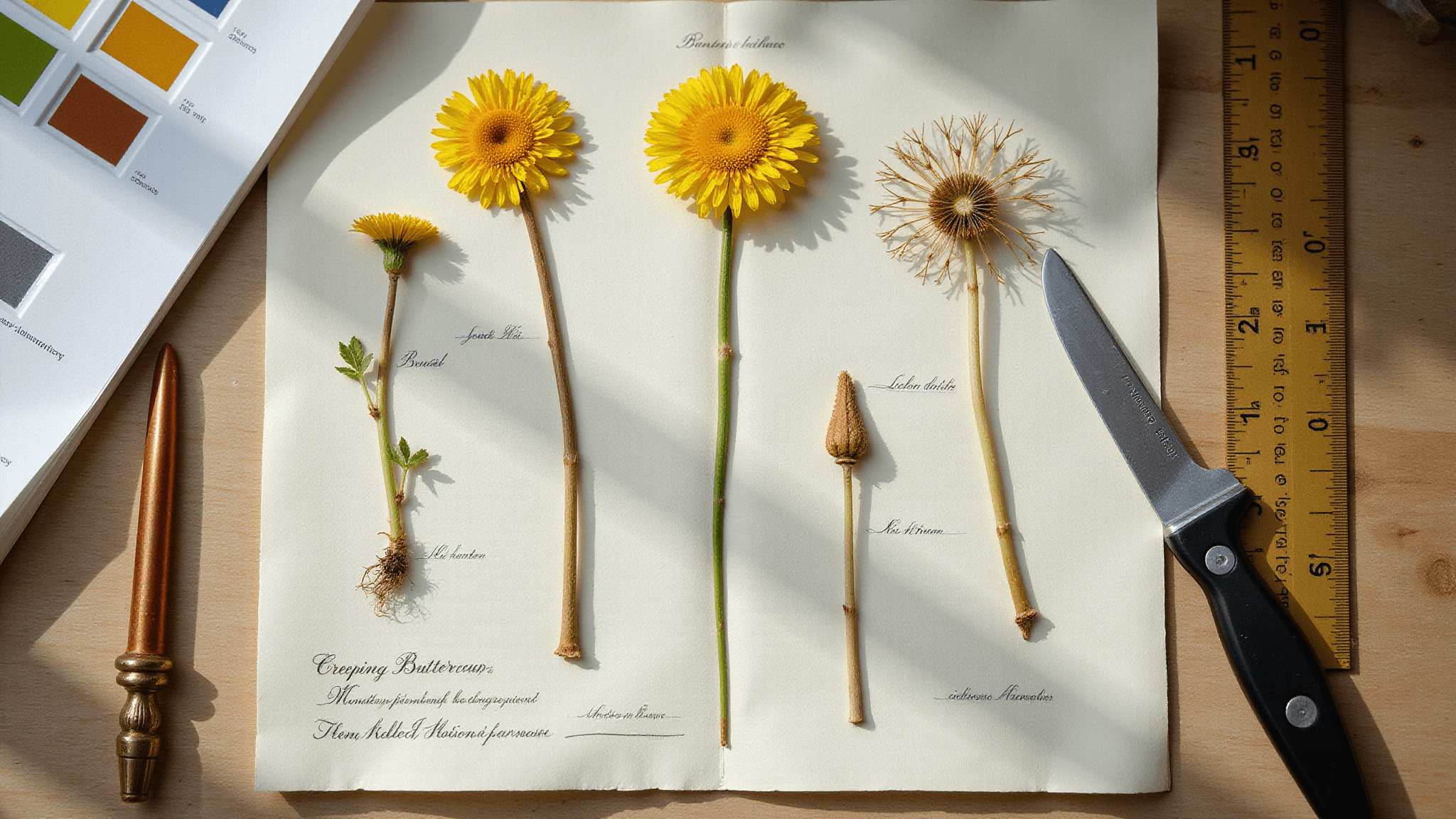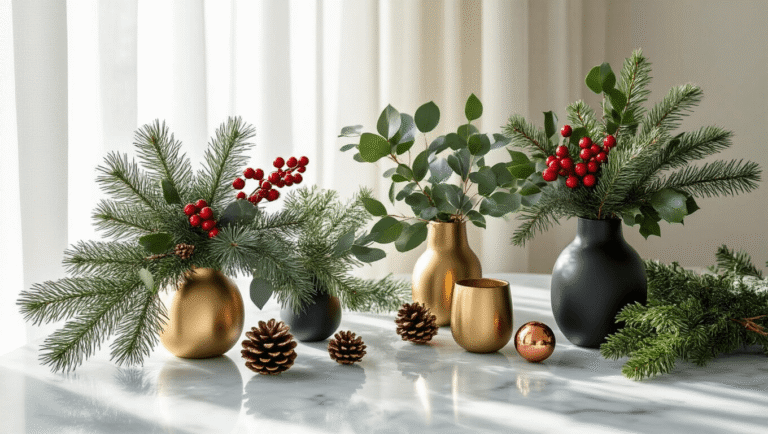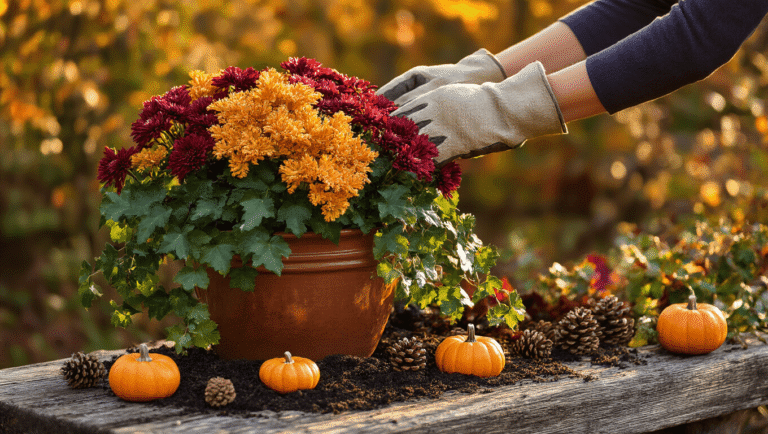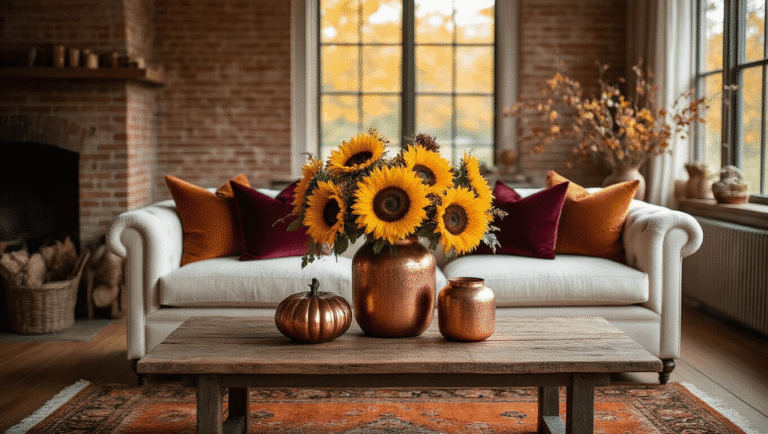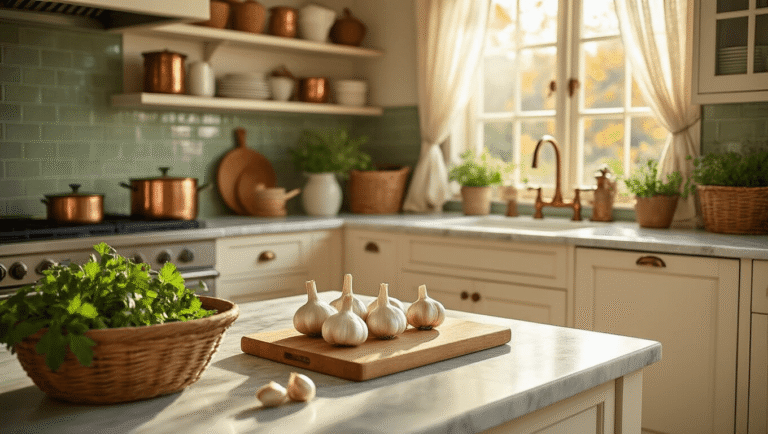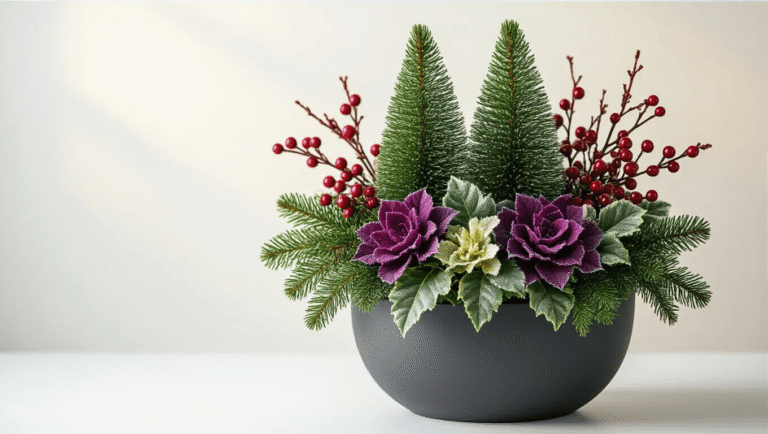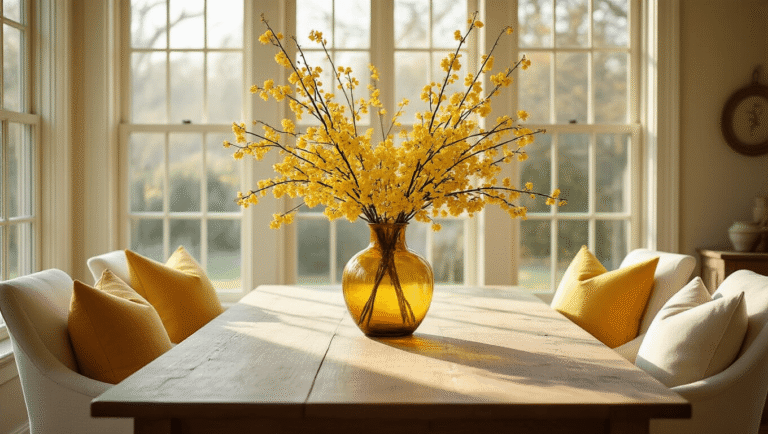This post may contain affiliate links. Please see my disclosure policy for details.
Common Weeds With Yellow Flowers: The Bright Invaders in Your Garden
Contents
Yellow flowers might look cheerful, but when they belong to weeds, they’re secretly plotting garden domination. Let me break down the yellow-flowered troublemakers you’ll encounter.
What Makes These Yellow Flowers Different?
These aren’t your typical garden beauties. These are aggressive plant invaders that:
- Spread faster than gossip at a neighborhood barbecue
- Choke out your carefully planted flowers
- Multiply like rabbits on a mission
Top Yellow-Flowering Weed Culprits
1. Dandelion: The Lawn Terrorist
- Bright yellow flowers that transform into those magical wish-making puffballs
- Master of seed dispersal via wind
- Can regenerate from a tiny root fragment (garden nightmare, right?)
2. Creeping Buttercup: The Sneaky Spreader
- Shiny, cup-shaped yellow flowers
- Creeps through your lawn like a stealth ninja
- Thrives in moist, heavy soils
3. Wild Parsnip: The Dangerous Intruder
⚠️ Caution: This weed is not just invasive – it’s potentially harmful
- Tall plants with umbrella-like flower clusters
- Sap can cause severe skin burns when exposed to sunlight
- Wear protective clothing if you’re removing it
Identification Survival Guide
Quick Identification Tips:
- Check leaf shape
- Observe growth pattern
- Note flower structure
- Take close-up photos for expert confirmation
Management Strategies
Physical Removal
- Pull weeds before they flower
- Dig out entire root system
- Use garden tools for precise extraction
Preventative Tactics
- Maintain a thick, healthy lawn
- Mulch garden beds
- Remove weeds when young
- Consider targeted herbicide treatments
Pro Gardener Secrets
🌿 Not all yellow-flowered plants are enemies. Some:
- Support local pollinators
- Indicate soil conditions
- Can be managed strategically
Safety First
Weed Removal Protection:
- Wear thick gloves
- Use long-sleeved clothing
- Wash hands thoroughly after gardening
- Watch for skin irritation signs
When to Call for Backup
If weeds overwhelm you:
- Contact local extension office
- Use plant identification apps
- Consult professional landscapers
Final Thoughts
Yellow-flowered weeds aren’t just garden nuisances – they’re complex ecological players. Understanding them helps you manage your green space more effectively.
Remember: Every weed pulled is a small victory in your garden’s ongoing battle!

